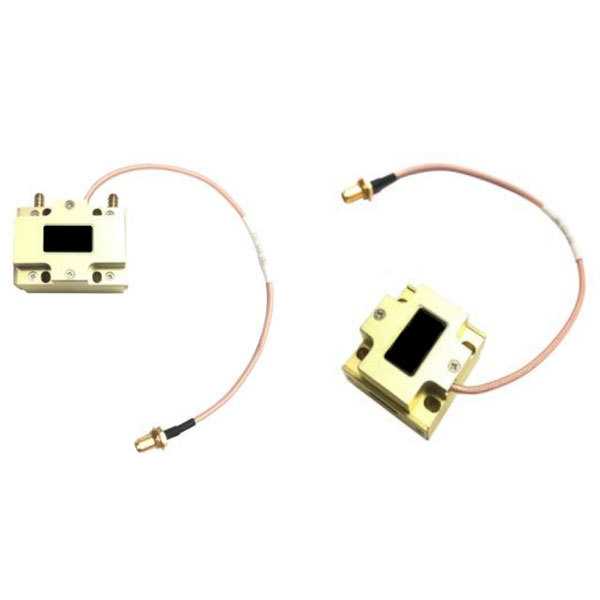By adjusting the frequency or amplitude of the acoustic wave, researchers and engineers can dynamically steer and scan the laser beam, enabling applications in fields like quantum optics, laser cooling, and advanced imaging techniques such as multiphoton microscopy.
This makes them ideal for optical switching and gating in telecommunications and industrial laser systems. The amplitude of the diffracted laser beam can also be modulated by controlling the power of the acoustic wave, making AOMs useful for applications that require dynamic control of laser intensity.
empowering users to harness the intricate relationship between sound waves and light. These remarkable devices, rooted in the principles of acousto-optic interaction, have opened up a world of possibilities in the management and manipulation of laser beams.

At the heart of an acousto-optic modulator lies the interplay between an acoustic wave and an optical wave within a specialized crystal or glass material. When an electrical signal is applied to a piezoelectric transducer, it generates a high-frequency acoustic wave that propagates through the modulator's active medium. This interaction creates a periodic variation in the refractive index, effectively transforming the material into a dynamic diffraction grating for the incident laser beam.
The dynamic beam deflection feature of acousto-optic Q-switch modulators allows for precise control of the optical beam by adjusting the frequency or amplitude of the acoustic wave. This capability enables dynamic beam steering and scanning, which is particularly useful in applications like laser display and optical scanning. Furthermore, AOMs can function as high-speed optical switches, enabling rapid and reliable on/off control of light signals. This feature is invaluable in fibre-optic communication systems for high-speed optical switching and signal modulation.








